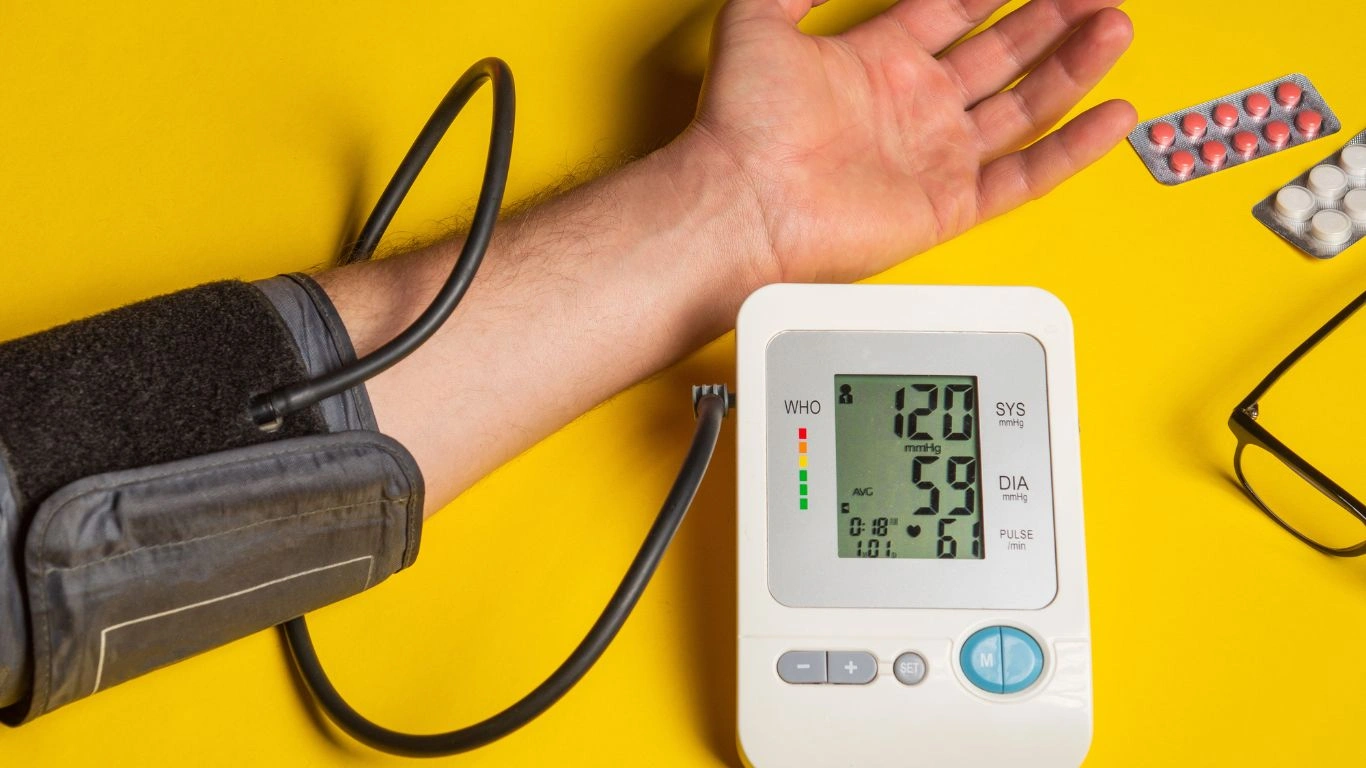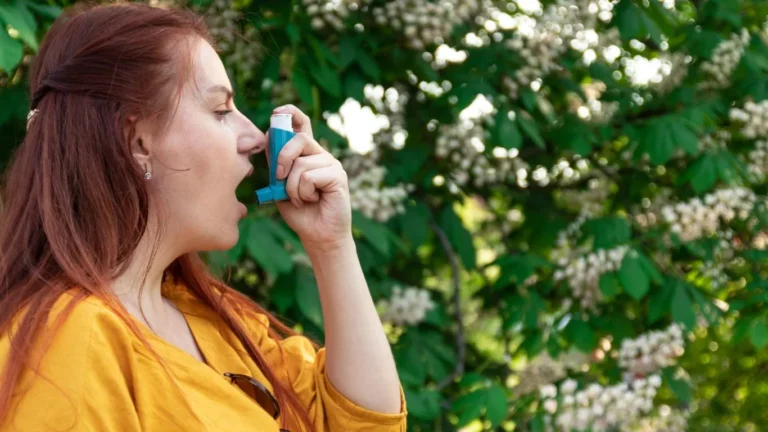Best Pet-Friendly Ways to Effectively Reduce Blood Pressure Stress Naturally
When it comes to managing hypertension, we often think of medications, diet adjustments, and exercise routines. But what about our furry friends? As an internal medicine physician specializing in hypertension management, I’ve seen how stress can play a significant role in elevating blood pressure levels. That’s why I’m excited to dive into the best pet-friendly ways to reduce blood pressure stress. Whether you have a dog, cat, or even a rabbit, your pet can be a key player in helping you lower your stress levels and improve your overall heart health. Let’s explore how pets can make a big difference in your journey toward better blood pressure control, and why spending time with them might just be the stress-buster you need.
The Stress-Relieving Power of Pets
We all know that stress is a major factor in increasing blood pressure, but did you know that simply spending time with your pet can help reduce it? According to multiple studies, interacting with animals has been shown to reduce cortisol levels (the stress hormone) and increase serotonin levels (the happiness hormone). It’s not just about the unconditional love they give; it’s the calming effect their presence has on us.

Why Pets Are Natural Stress-Busters
As someone who works in hypertension management, I’ve witnessed firsthand how the effects of stress can elevate blood pressure. In my practice, I often recommend methods to alleviate stress, such as deep breathing, yoga, or mindfulness practices. However, I’ve found that something as simple as petting a dog or cat can be just as effective. Research supports this too. Petting an animal can lower heart rates and blood pressure almost immediately, making them an ideal companion for relaxation.
Pets are more than just cute faces; they provide a kind of emotional support that is unique. They help lower anxiety, improve mood, and provide companionship, which are all critical for stress management. This is especially true for pet owners who experience social isolation or struggle with mental health issues like depression or anxiety. Pets, whether they’re a dog, cat, or another type of animal, can offer non-judgmental companionship that leads to emotional relief.
How Pets Help Reduce Stress and Blood Pressure
Pets help reduce stress and blood pressure in several ways, some of which might surprise you. Let’s take a closer look at the key factors that contribute to their stress-relieving power:
- Physical Touch: Petting an animal releases oxytocin, which helps lower cortisol levels and increases relaxation.
- Distraction from Worries: When you’re spending time with your pet, you focus on them instead of your stressors, giving your mind a much-needed break.
- Increased Physical Activity: Dogs, in particular, encourage their owners to get outside for walks, which is a great way to reduce stress and improve cardiovascular health.
- Routine and Structure: Pets thrive on routine, and this can bring a sense of stability to your life, which reduces anxiety and promotes relaxation.

Simple Pet-Friendly Activities to Relieve Stress
Now that we understand how pets help reduce stress, let’s look at some practical pet-friendly activities you can incorporate into your routine to help keep your blood pressure in check.
1. Daily Walks with Your Dog
One of the simplest and most effective ways to reduce stress and lower blood pressure is by taking your dog on a daily walk. It’s a great way to get outside, move your body, and enjoy some fresh air—all while bonding with your pet. Studies have shown that dog owners who walk their pets regularly have lower blood pressure and reduced stress levels. Plus, the rhythmic motion of walking combined with your dog’s excitement can create a peaceful, calming environment.
2. Cuddling with Your Cat or Petting Your Dog
If you’re not a dog person, don’t worry! Cats, rabbits, and other pets can also be beneficial for stress reduction. Spending a few quiet moments petting your cat or cuddling with your dog can lower your heart rate and blood pressure. The act of touching an animal, especially one that’s calm and affectionate, provides comfort and a sense of peace. If you’ve had a rough day, simply lying on the couch with your furry companion can be incredibly soothing.
3. Engage in Playtime
For many pet owners, playing with their pets is an enjoyable and stress-relieving activity. Dogs love to chase after balls, and cats are fascinated by interactive toys. Engaging in play with your pet not only gets you moving, but it also releases endorphins that can help you feel more relaxed. Whether it’s a game of fetch, a tug-of-war session, or just some fun time with a laser pointer, these activities help reduce stress and improve mood.

Creating a Stress-Free Pet-Friendly Environment
Another essential aspect of reducing stress is creating a peaceful environment for both you and your pet. The environment in which you live plays a significant role in your overall well-being, so why not make it as calm and stress-free as possible? Here are a few tips to help you and your pet unwind and relax:
- Designate a Quiet Space: Create a calm area where both you and your pet can retreat when it’s time to relax. This can be a cozy corner or a designated room where there are no distractions.
- Soothing Sounds: Some pets enjoy calming music or nature sounds, which can help create a peaceful atmosphere. You can try playing soft, classical music to relax both yourself and your pet.
- Comfortable Bedding: Ensure your pet has a comfortable bed or cushion where they can rest. A well-rested pet is less likely to be anxious, which means you’ll both benefit from a more relaxed environment.
How Pets Improve Mental Health and Well-Being
When it comes to managing stress, the benefits of pets go beyond just physical relaxation—they significantly improve mental health, too. As someone who frequently sees the physical toll stress takes on my patients, I can tell you that mental and emotional health plays a major role in blood pressure regulation. Chronic stress and anxiety are often linked to hypertension, but pets can act as a natural remedy to help manage these mental health issues.
Think about it: how often do you feel a sense of relief when you come home to your pet? Their wagging tail or soft purr can instantly lift your spirits and make you forget about the stresses of the day. This simple yet profound emotional connection helps lower stress, which in turn can benefit your blood pressure.
The Emotional Bond with Your Pet
The emotional bond that you form with your pet is more than just companionship—it’s an essential source of emotional support. When you’re feeling anxious or overwhelmed, just knowing that your pet is there for you can create a sense of calm. They’re always ready to comfort you, and this unspoken connection reduces feelings of loneliness, helping you feel secure and at peace.
For many of my patients, their pets provide an invaluable sense of purpose. The routine of feeding, walking, and caring for a pet not only brings structure to your day but also shifts your focus away from worries or stressors. This shift in focus can lower cortisol levels and stabilize your mood, promoting relaxation and ultimately improving your blood pressure. Plus, the constant affection pets provide boosts your mood and helps keep depression and anxiety at bay, which are often associated with hypertension.

Pets Encourage a Healthier Lifestyle
If there’s one thing pets excel at, it’s encouraging us to move more and be more active. As someone who regularly advises patients to incorporate physical activity into their daily routine to manage blood pressure, I can tell you that pets—especially dogs—are fantastic motivators. Whether you’re taking your dog for a walk or playing fetch, pets get you out of the house and moving, which is great for your cardiovascular health.
Daily physical activity is one of the most effective ways to lower blood pressure, and pets can make it more enjoyable. I’ve had patients who initially struggled with the idea of exercise, but once they started taking their dogs on daily walks, it became something they looked forward to. This simple activity not only boosts your heart health but also promotes mental well-being, as physical activity triggers the release of endorphins, the brain’s feel-good chemicals.
Why Dogs Make Great Exercise Buddies
For dog owners, there’s no denying that dogs make the perfect exercise buddies. Their energy, excitement, and enthusiasm for a walk or run are contagious. Even on the days when you don’t feel like exercising, your dog’s eagerness can motivate you to get up and move. This consistent physical activity helps lower blood pressure, reduces stress, and improves overall heart health. And let’s face it—dog walks are a great way to connect with nature and enjoy some fresh air, which further enhances relaxation.
Taking Your Pet to the Park
Whether it’s a dog park, a local nature trail, or just a neighborhood green space, taking your pet to the park can be a fun and stress-relieving way to get outdoors. This activity provides multiple benefits for both you and your pet. For starters, it’s an opportunity for both of you to stretch your legs and get some light exercise. But it also provides a chance to socialize with other pet owners, which can help alleviate feelings of isolation.
Not only will you feel better physically, but spending time in nature has been shown to reduce stress and improve mood. Many of my patients have reported feeling much more relaxed and at ease after spending time outdoors with their pets, and I always recommend it to those who are looking for natural ways to manage hypertension.

The Therapeutic Effect of Pet Companionship
The therapeutic effect of pets isn’t just about reducing stress in the moment—it’s about the long-term benefits they provide for your overall health. As I mentioned earlier, pets have been shown to lower blood pressure, improve mental health, and promote physical activity. But the therapeutic bond they offer goes much deeper than that.
As an internal medicine physician, I’ve observed that having a pet can significantly improve the quality of life for individuals with chronic conditions, such as hypertension. The emotional support and companionship pets provide can ease symptoms of anxiety, depression, and loneliness. This emotional relief is crucial, as mental well-being is closely tied to physical health. By improving mental health, pets indirectly help manage conditions like hypertension.
Pets as Part of Your Stress Management Plan
Incorporating pets into your stress management plan is one of the most enjoyable and effective ways to control blood pressure. Instead of relying solely on medications or traditional stress-relief techniques, consider the benefits of including your pet in your daily routine. Whether it’s through physical activities like walks or playtime, or simply through the companionship and emotional support they provide, pets offer a natural, pet-friendly way to reduce stress and lower blood pressure.
In my experience, many of my patients have found that their pets are the perfect addition to their hypertension management routine. They often express how much more relaxed they feel after spending time with their pets, and how this translates into improved overall well-being. If you haven’t already, try incorporating more time with your pet into your day—it could be just the thing that helps reduce your blood pressure stress.

The Role of Pet Therapy in Long-Term Hypertension Management
As we wrap up this series on the best pet-friendly ways to reduce blood pressure stress, it’s important to highlight how pets can play a crucial role in the long-term management of hypertension. While we’ve already covered how spending time with pets can lower blood pressure and relieve stress, let’s now explore how incorporating pet therapy into your daily routine can have a lasting impact on your overall health. For many of my patients, I recommend lifestyle changes to manage their blood pressure, and adding the companionship of a pet has proven to be one of the most effective—and enjoyable—strategies for long-term wellness.
Pet Therapy: A Growing Trend in Hypertension Management
Pet therapy, also known as animal-assisted therapy, has been gaining recognition in recent years for its positive effects on mental and physical health. As an internal medicine physician, I’ve seen how this form of therapy can be particularly beneficial for patients with chronic hypertension. The combination of emotional support, physical activity, and stress reduction provided by pets offers a holistic approach to managing high blood pressure.
But what makes pet therapy so effective? It’s the consistent, low-stress interaction with an animal that contributes to ongoing stress reduction. Unlike many other stress-relief techniques, pets are always available to provide comfort, which helps keep blood pressure levels stable over time. Whether it’s through petting, cuddling, or simply being in the presence of a pet, these interactions create a sense of calm that is incredibly helpful for hypertension management.

How to Incorporate Pet Therapy into Your Routine
If you’re thinking about integrating pet therapy into your hypertension management plan, there are a few simple ways to do so. Incorporating a pet into your daily life doesn’t have to be a big commitment, and you can start small by focusing on the activities that naturally lower your stress levels. Here are some of the ways I recommend that my patients use pet therapy to their advantage:
- Daily Relaxation Time: Set aside a few minutes every day to spend with your pet in a relaxed, calm environment. Whether it’s sitting on the couch and petting your dog or cat or simply watching your pet enjoy their space, this quiet time is incredibly beneficial for stress management.
- Regular Exercise: As we’ve discussed, pets encourage physical activity, and regular exercise is key to managing hypertension. Take your dog for a daily walk or engage in active playtime with your pet. It’s a great way to get your heart pumping while reducing stress.
- Breathing Exercises with Your Pet: Try pairing relaxation techniques like deep breathing or mindfulness with pet time. Sit down with your pet and focus on deep breathing exercises together. The calming presence of your pet will enhance the effects of your breathing exercises, making it easier to achieve relaxation and reduce blood pressure.
Support for Mental Health and Hypertension
As someone who has seen patients struggle with hypertension and mental health challenges, I cannot stress enough how essential emotional well-being is when it comes to managing blood pressure. In fact, there’s a strong connection between mental health and hypertension. Stress, anxiety, and depression can significantly elevate blood pressure, and while medications help manage hypertension, the emotional and psychological aspects must be addressed as well.
Pets offer a natural and effective way to improve your mental health. Just having an animal companion provides a sense of purpose, helps reduce feelings of loneliness, and offers emotional support. These emotional benefits can lower stress and improve overall well-being, which in turn helps control blood pressure. Over time, patients who incorporate pet therapy into their routines report feeling less anxious, more focused, and overall more relaxed—key factors in hypertension management.

Pets and Their Impact on Your Heart Health
Now, let’s talk about how pets specifically impact your heart health. As an internal medicine physician, I see many patients who focus on diet, exercise, and medication to control their hypertension—but there’s another crucial factor that can make a huge difference: emotional support. Pets help lower heart rates and blood pressure, which is incredibly important for those of us managing chronic hypertension.
Studies have shown that interacting with pets can reduce both systolic and diastolic blood pressure, which are key indicators of heart health. Pets, especially dogs, also help reduce the body’s natural stress response, which can contribute to heart disease and high blood pressure. Regular interaction with a pet can help you manage these factors, leading to better cardiovascular health overall.
In fact, pet ownership has been linked to a lower risk of heart disease. One study found that dog owners, particularly those who walk their dogs regularly, had a lower risk of cardiovascular events. This isn’t just anecdotal—it’s backed by solid research that shows how the presence of pets can have a positive, lasting impact on heart health.
Reducing the Risk of Hypertension Complications
Beyond just lowering blood pressure, pets also help reduce the risk of complications associated with hypertension. Hypertension, if left unmanaged, can lead to a host of serious health issues, including stroke, heart attack, and kidney disease. However, by incorporating pets into your routine and reducing stress, you may be able to reduce the likelihood of these complications. The emotional and physical support provided by pets can help mitigate the effects of hypertension on your body, ultimately leading to better long-term health outcomes.
References
For more information on the benefits of pet therapy and its impact on hypertension, you can explore resources from trusted health organizations such as the American Heart Association or check out the latest research on PubMed.
Disclaimer
This article is intended for informational purposes only and should not be considered as medical advice. Always consult with your healthcare provider before making any changes to your hypertension management plan. The information shared here is based on my personal experience as an internal medicine physician and research available at the time of writing. Individual results may vary.

Dr. Gwenna Aazee is a board-certified Internal Medicine Physician with a special focus on hypertension management, chronic disease prevention, and patient education. With years of experience in both clinical practice and medical writing, she’s passionate about turning evidence-based medicine into accessible, actionable advice. Through her work at Healthusias.com, Dr. Aazee empowers readers to take charge of their health with confidence and clarity. Off the clock, she enjoys deep dives into nutrition research, long walks with her rescue pup, and simplifying medical jargon one article at a time.






